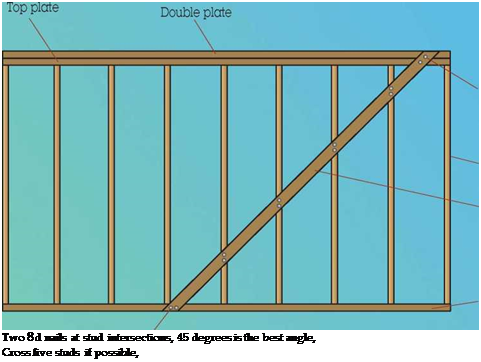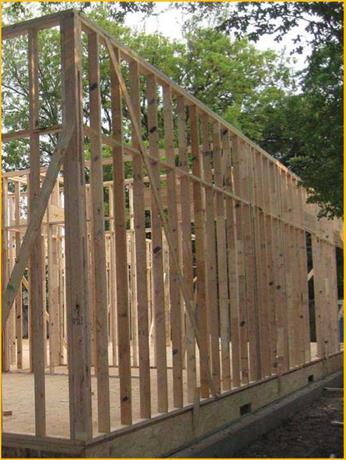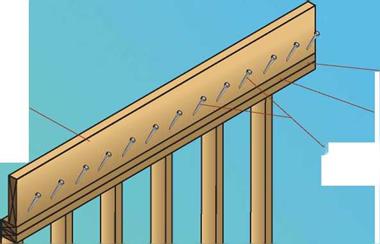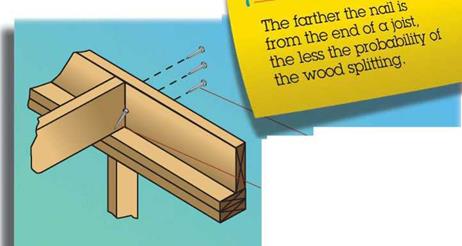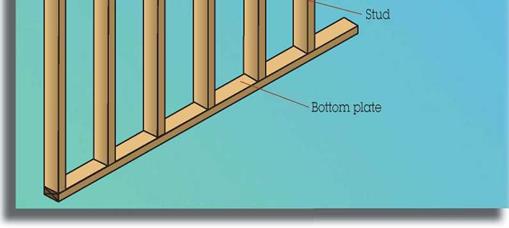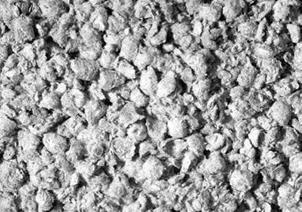HIGHWAY LOCATION,. DESIGN, AND TRAFFIC
Highway Technical Manager ms Consultants Columbus, Ohio
This chapter begins with a description of the overall transportation development process, and then presents comprehensive information on the various elements of highway location and design. Included is the determination of horizontal and vertical alignment, with attention to obtaining proper sight distance and superelevation. The design of roadway cross sections, intersections, ramps, and service roads is addressed. Traffic aspects include an introduction to intelligent vehicle highway systems and the use of high-occupancy vehicle lanes. A presentation on preparation of highway construction plans and organizing CADD drawings is also provided...
read more





